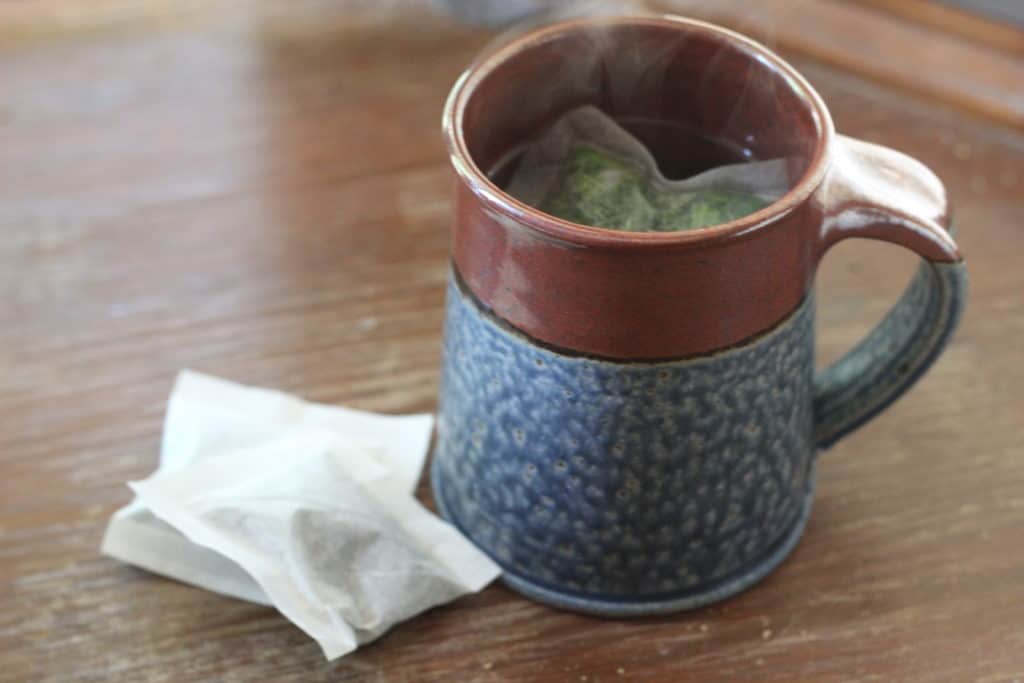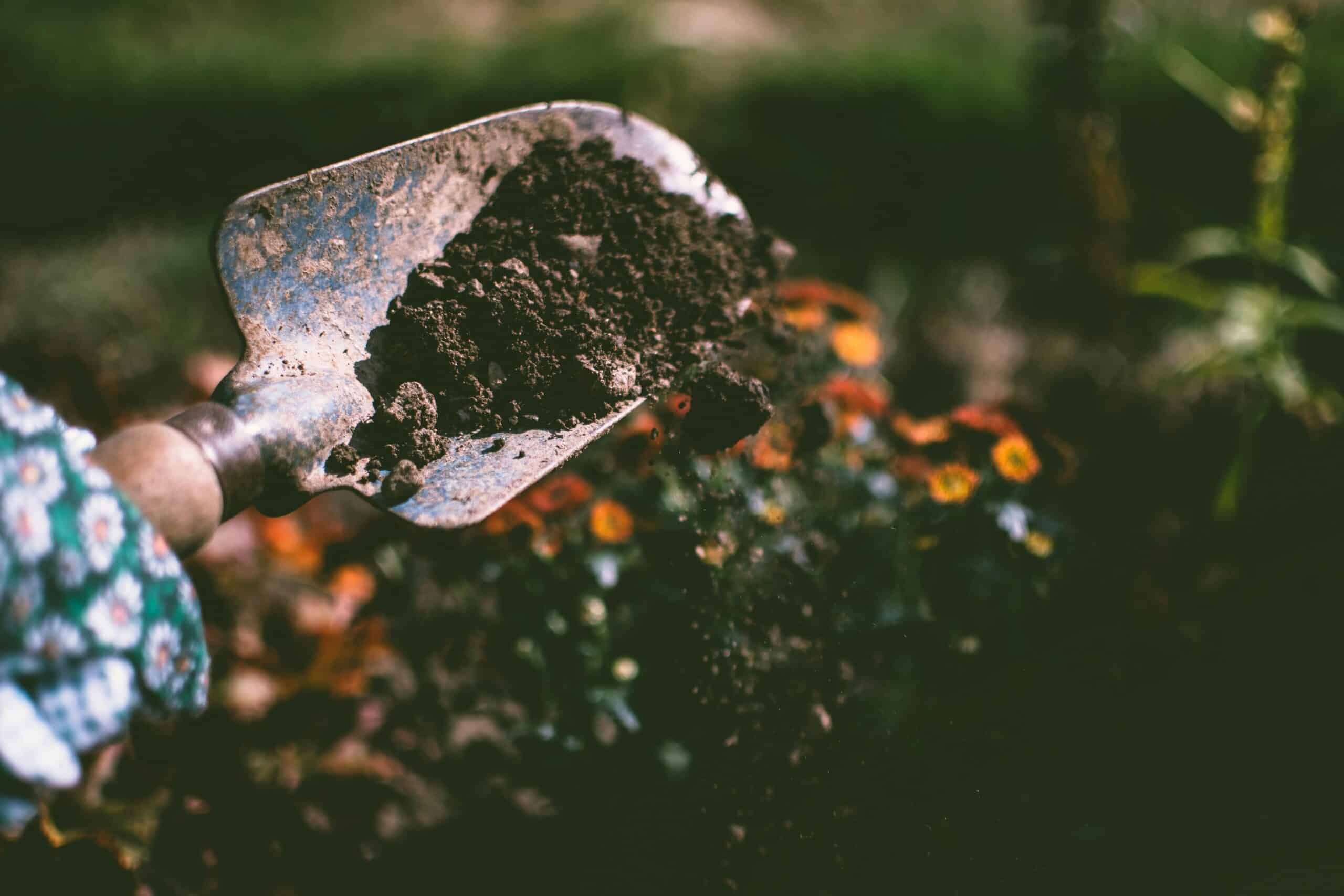How to Harvest St. John’s Wort
St. John’s Wort is a very useful herb to grow and use at home. Thankfully it is a perennial that requires little attention from you! Here’s how to harvest St. John’s Wort and everything else you need to know about this great plant.
What is St. John’s Wort?
St. John’s Wort (Hypericum perforatum) has a history going all the way back to the ancient Greeks. It was believed in ancient times to ward off evil spirits. It was also associated with St. Joh the Baptist as the yellow flower petals, when smooshed between your fingers, give off a blood-red color. There was a belief that the plant would bleed on the anniversary of the day St. John was beheaded.
This plant is a hardy perennial that puts out long stems that branch out at the top. They max out around two feet tall. Plants will put on small oblong leaves that, when inspected closely, are covered in tiny pores.
The flowers that it produces are yellow with five petals. They will have small black dots on them that are oil glands.

Can I grow St. John’s Wort where I live?
St. John’s Wort is a hardy perennial in zones 4-8, but we manage to keep it well here in Northern Minnesota. We waffle between zone 3-4.
When growing St. John’s Wort, select a location you don’t mind it going wild or plant it in some type of contained area. Some consider it to be a noxious weed as it can be hard to get rid of once established.
How to Grow St. John’s Wort
St. John’s Wort does well just about anywhere in well-drained soil. It survives easily in meadows, along ditches, etc. Our patch is in a small bed of partial shade right near our house. If you would like to grow St. John’s Wort you have a few options to get started.
Seed
I ordered a seed packet and started plants from seed. The seeds have a long germination time so be patient with them.
Cuttings
A cutting can be taken from a friend or neighbor’s plant and propogated. Check out my best DIY rooting hormone options for suggestions.
After taking the cutting apply the rooting hormone of choice, then stick it straight into the soil. Do not allow it to dry out first like you might do with a succulent or potato.

Root Division
Another option for growing St. John’s Wort is to dig some out of a garden and plant it at home. Late summer/early fall or early spring are the best times to transplant this perennial. More info on how to transplant perennials here!
Buy from a Nursery
Most nurserys won’t carry St. John’s Wort but it might be possible to order from an online catalog. Rosemary Gladstar recommends the H. perforatum variety if possible.
Maintenance
I do very little to maintain my St. John’s Wort and it keeps coming back more vigorously every year.
Each fall I mulch it and its neighboring marshmallow with a thick layer of leaves. After our frost risk is minimal I uncover it. It has even been touched a little by frost and bounces back no problem.
I’ll give it a little watering in the spring if we don’t have much rain, but that’s about it!
How to Harvest St. John’s Wort
St. John’s Wort is best harvested in the afternoon when the blossoms have opened a bit. You don’t want fully blossomed flowers, nor d you want the tightly closed buds. The ideal harvest window is right when the buds are starting to loosen up.

Pinch the blossom between your fingers and see if a reddish color comes out. If not, you’ve missed the window on that one. Try another blossom at a different stage until you find the right stage.

Harvesting happens over a few weeks and is best done for a few minutes each day.
The herb can be used fresh in a tea or dried for storage. More on that below.
What are St. John’s Wort Benefits?
St. John’s Wort has been propagated for centuries because of its amazing properties.
Depression, Anxiety, Sasonal Affective Disorder, Stress
St. John’s Wort contains hypericin which increases your body’s ability to metabolize serotonin and melatonin which affect how your body can store light.
It also has Hyperforin that slows your body’s ability to absorb things like dopamine, serotonin, and noradrenaline which are also called “Feel good” chemicals. By slowing them down they circulate longer in the body.

Antibacterial, Antiviral, and Anti-Inflammatory
With these scientifically proven properties (see sources) it can be used to treat bacterial and viral infections as well as soothe skin irrittions. It is a great ingredient in balms, poultices, etc.
How to Use St. John’s Wort
Before you read this section, please scroll down to “Things to Watch For”. Using St John’s Wort has great benefits, but as with all herbs there can be side affects. Additionally, I am not a doctor or any sort so please consult your physician before taking this or any herbal preparation. Full Disclaimer here.
How to Make St. John’s Wort Tea
Place one tablespoon of dried St. John’s Wort leaves in a tea ball or other tea brewing method. Fresh leaves may also be used, increase to two tablespoons.
Add hot water, just below boiling to the herb. Cover with a small plate and allow to steep for 5-10 minutes.
You can add other herbs of your choosing as it doesn’t have much of a taste.
Drink 3-4 cusp daily. If using to treat depression, it can take a few weeks before there is enough in your system to begin to feel its effects.

St. John’s Wort Salve
Rather than dive into all the details of salve making, I’ll simply say you can easily make a healing salve using St. John’s Wort with just olive oil and beeswax. Here are the full details of how to make your own St. John’s Wort Salve.
Things to Watch For
While St. John’s Wort is a fairly mild medicinal herb, it should be used with caution. It can cause issues with photosensitivity, meaning you become more sensitive to sunlight. If after taking this herb you find that your skin is getting irritated, rashy, or inflamed, stop using the herb.
Additionally, check with your health care provider before using St. John’s wort as it can interfere with the absorption of medications, including birth control.
Storing Medicinal Herbs
Now that you know how to harvest St. John’s Wort, let’s talk about how you can best store it.
After harvesting the buds, lay them out on a cookie sheet or fine mesh screen for a few days to air dry.
Another option is to put them in a dehydrator on the herb setting for 6-7 hours. They should feel almost papery dry when they are done.
I tend to store mine in a quart-sized mason jar. Label, date, and keep out of direct sunlight. They will be best used up within a year.
Pin it for Later

Sources
Medicinal Herbs: A Beginner’s Guide by Rosemary Gladstar
Herbs by Anna Kruger
Magic and Medicine of Plants by Christopher, Hoffman, et. Al






